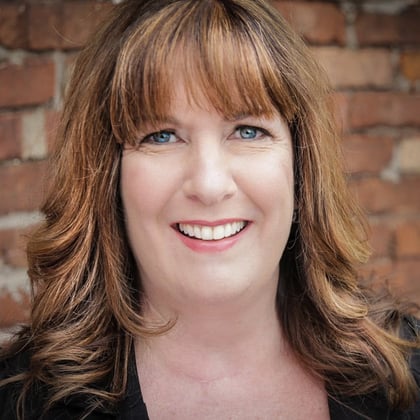Are the following two statements about financial advisors true or false?
Younger clients make referrals more often than older ones.
Satisfied clients refer prospects proactively.
The first one is true; the second, false, according to Julie Littlechild, founder and CEO of Absolute Engagement and an expert in boosting client engagement and referral growth, in an interview with ThinkAdvisor.
FAs need to help existing clients understand whom to refer and when, says Littlechild, who conducts research to determine just what’s on clients’ minds.
“Building strategies around what clients tell you is important,” she stresses in the interview.
The coronavirus pandemic has resulted in a greater need for FAs to dig deeper to discover what clients are thinking and feeling, argues Littlechild, whose Toronto-based firm helps advisors in the U.S., Canada, the U.K. and Australia.
She regularly scopes out demographic trends of which FAs should be aware. Such as: Younger clients — around age 35 — refer more often than older ones who are about age 60.
Also, younger clients want more frequent contact from their advisors compared with the previous generation.
What to say in communications to clients — forwarding content to them, for example — is critical in reaching and retaining clients. Tailoring those communications specifically to clients’ needs has become increasingly significant, she says.
“We’re seeing a huge trend toward more personalized communications,” notes Littlechild, co-host of the podcast “Becoming Referable.”
A member of an advisory board of the Investments & Wealth Institute, she began in the industry more than 25 years ago researching the qualities that made certain FAs more successful than others.
ThinkAdvisor recently held a phone interview with Littlechild, author of “The Pursuit of Absolute Engagement” (2016), who was speaking from Toronto.
Untapped referrals is certainly an issue that FAs should investigate, she says, inasmuch as her research shows that “huge numbers” of referrals, do not, alas, turn into introductions.
Here are excerpts from our interview:
THINKADVISOR: Because of the pandemic, is it harder for advisors to get referrals now?
JULIE LITTLECHILD: It’s actually easier. But the challenges about referrals are the same as they’ve always been. Those advisors who are making referrals an intentional part of their strategy are growing quite well, I think.
What has your research turned up with regard to referrals and client demographics?
Overall, when we ask [clients in studies] “Have you referred?”, [affirmative answers] tend to go down with age. People who have grown up in digital communities seem to share a bit more than older clients.
What are the top issues that prevent FAs from getting referrals, according to your research?
Buying into myths gets in the way. For example, they believe that clients will refer if they’re satisfied. It’s true that they have to be satisfied to refer, but that doesn’t mean they’ll refer.
So it’s a mistake to assume that if you do great work for your clients, referrals will follow and that you don’t necessarily need to be proactive.
What else holds advisors back from getting referrals?
Clients tend to say they don’t refer because they don’t know who to refer. So [advisors are] not helping clients understand who to refer or when to refer or what problems they solve.
Also, a lot of advisors I talk to are worried that they’re almost breaking some kind of social contract if they ask for referrals — as if they’re looking through their clients, beyond them, at the sale.
That is, they’ll start focusing a little more on how asking for referrals feels to them rather than what that can do for clients.
The data is pretty clear: People refer to help a friend or family member. Once advisors get comfortable with that notion, then asking starts to become a lot more comfortable for them.
What’s been the most significant change in the industry in the last 25 years from your perspective?
The biggest shift has been the extent to which we focus on driving deep engagement with clients.
How does that manifest?
We’re seeing a huge trend toward more personalized communications.









 July 15, 2021 at 09:52 AM
July 15, 2021 at 09:52 AM











